|
Everyone loves food, so why do we waste so much of it? About 40% of food is wasted somewhere along the supply chain. That’s like leaving the grocery store with five bags of food and dropping two of them in the parking lot. It’s hard to believe, but we do it every day.
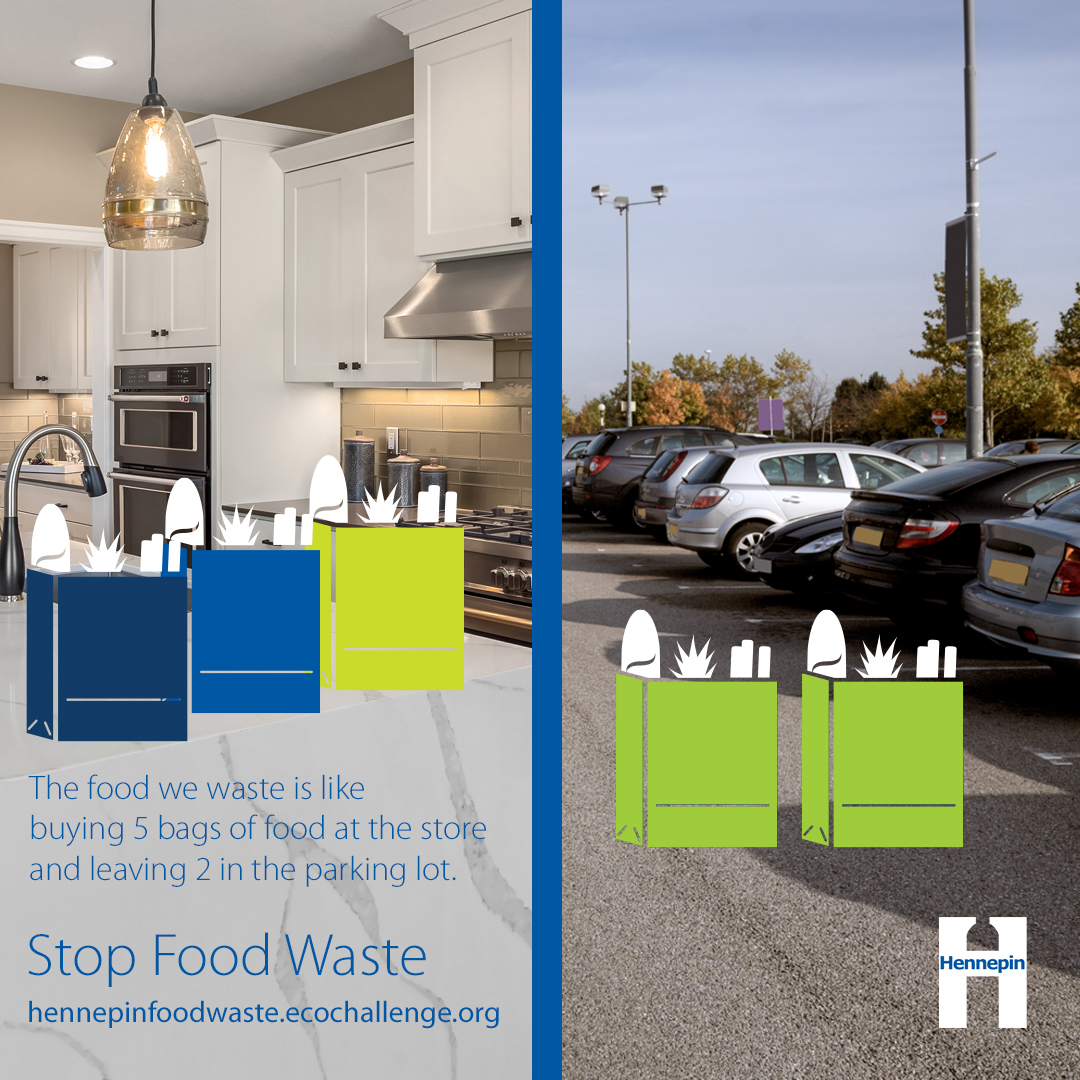
Take action with the Stop Food Waste Challenge
Making simple changes and working to adopt new habits can have a big impact. Taking steps to reduce food waste is one of the most effective things you can do to reduce the amount of waste you generate and address climate change.
Hennepin County’s online Stop Food Waste Challenge will help you learn more about food waste, commit to taking action, and provide you support and resources along the way.

Sign up now
You can sign up for the challenge now. Once you sign up and create your profile, browse the categories and actions, check off the actions you already take, and select up to five one-time actions and five daily actions to make progress on during the four-week challenge. The challenge has more than 40 actions to choose from in five categories. The challenge will go from September 14 through October 11.
|

Ever wonder how you create so much trash at home? Many people are interested in taking steps to prevent waste and recycle more but aren’t sure where to start. Joining Hennepin County’s Zero Waste Challenge is a great way to learn more and get hands-on help.
The county is looking for 50 households to participate in the eight-month-long challenge that takes an in-depth look at the goods we buy and waste we create to uncover opportunities to recycle more and reduce waste.
Participating households:
- Receive personalized coaching and support from a county waste reduction and recycling specialist to assess the waste generated in their homes, develop a customized waste-reduction plan, and make low-waste lifestyle changes.
- Attend a series of virtual educational workshops and discussions on waste-reduction topics such as low-waste shopping, preventing food waste, and backyard composting.
- Receive bi-weekly waste reduction tips and get access to supplies and educational materials.
- Connect with other households striving to live lower waste lifestyles.
The challenge will run from mid-September 2020 to mid-May 2021. Interested households should complete the online application by Monday, September 7.

Hennepin County is working to raise awareness about the need to reduce the amount of contamination, or non-compostable materials, being put into the organics recycling.
Starting September 8, Hennepin County will begin enforcing stricter contamination standards for organics recycling delivered to the county’s Brooklyn Park Transfer Station. Most organics recycling collected in the county from businesses, schools, multifamily housing and other commercial programs is delivered to this facility before being sent to a compost site.
Organics need to be free of non-compostable materials
|
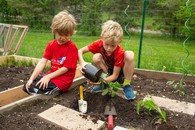
These stricter standards and focus on reducing contamination are happening to ensure the viability of local organics composting facilities and the organics recycling programs they support.
Receiving organics free of contamination allows local composters to consistently produce clean, nutrient-rich compost that people want to purchase and use. Compost that contains plastic, glass, and other contaminants is very difficult to sell and can only be used for low-value, low-end purposes.
|
Composters are tightening their contamination requirements
For some time, there has been a growing concern at the organics composting facilities about the amount of contamination in the organics they receive – especially plastic and glass. Changes in the operations at local compost sites due to COVID-19 have heightened these concerns, leading the commercial composting facilities to reduce the amount of contamination they can accept at their facilities.
Know what goes in the organics recycling
This means that it’s more important than ever to make sure you are putting the right things into your organics recycling and keeping out items that can’t be composted. See our factsheet (PDF) for more details, a list of acceptable materials, and tips for minimizing contamination.
Grants are available through the Environmental Response Fund for the assessment and cleanup of contaminated sites in Hennepin County.
Environmental Response Fund grants help with the reuse of contaminated sites where the added cost of environment cleanup is a barrier to site improvement or redevelopment. Projects supported by the Environmental Response Fund provide a variety of community benefits, including the creation of affordable or moderately priced housing, economic development, green space, and infrastructure improvements.

A recent grantee – the Hook & Ladder Apartments site in Minneapolis – used grant funding for soil cleanup. The project transformed a once blighted site into 118 units of affordable and workforce housing. The site now also features artwork made from upcycled materials, like the pictured James Brenner's sculpture, "Passages.”
Applications for Environmental Response Fund grants are due November 2. Learn more. Prior to applying for a grant, contact brownfields@hennepin.us to discuss your project and funding needs.
|
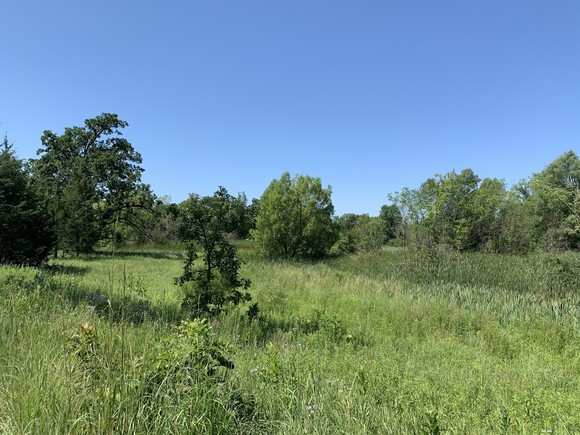 Photo credit: Minnesota Land Trust
When Tim and Susan Clark bought a 39-acre parcel of pastureland 25 years ago in western Hennepin County, their goal was to create a home for themselves while restoring the diverse and natural lands that had once thrived on the property. Now, with a newly established conservation easement through the Minnesota Land Trust and Hennepin County, their decades of hard work will be protected forever.
Conservation easements are one of the most effective tools for permanently protecting natural areas on private property. A conservation easement is a set of development restrictions that a landowner voluntarily places on their property to permanently protect its natural resources. By selling or donating development rights, the landowner is able to protect thing they value about their land, whether that be the open space, views, rural character, wildlife habitat, mature forest, and more.
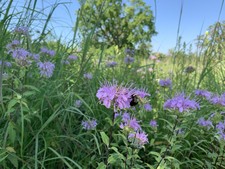
The Clark property is part of a larger joint effort between Hennepin County and the Minnesota Land Trust to protect 500 acres of habitat within Hennepin County and restore 250 acres to a more natural state. Natural lands like the Clark property play an important role in filtering surface and groundwater, maintaining wildlife corridors, and creating opportunities for outdoor recreation.The county has funding available to help establish conservation easements on remaining natural areas in Hennepin County.
For more information, contact Kristine Maurer at kristine.maurer@hennepin.us.
|
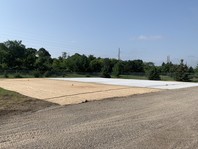
An upgrade was recently completed on the county’s gravel-bed tree nursery, ensuring the county will continue to have access to about 1,000 hardy, diverse, and cost-effective trees each year to transplant to county projects and properties.
The ground under the gravel bed was paved to reduce the amount of soil that gets mixed in with the gravel, which was happening when foresters used heavy equipment to install and remove the trees.
|
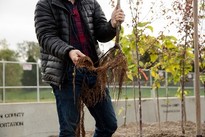
Trees grown in a gravel-bed nursery develop a healthy, fibrous root structure that is superior to the root systems of containerized or balled and burlap trees. Having too much soil mixing in with the gravel restricted the movement of the trees’ roots, preventing them from developing that healthy root structure.
Maintaining and improving the gravel-bed nursery is a key part of the county’s forestry efforts that focus on planting a diversity of tree species, increasing the resiliency of the urban forest, and addressing threats from tree pests and disease.
For more information, contact trees@hennepin.us.
|
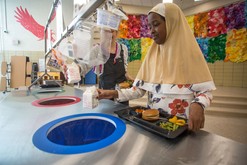
The county recently awarded 10 school recycling grants totaling $149,800. These projects will allow schools to expand recycling and organics collection, start composting on-site, and reduce waste from single-use packaging and food service ware.
Grant recipients include four public school districts, four charter schools, and two non-public schools. The schools are located in Bloomington, Brooklyn Park, Brooklyn Center, Crystal, Eden Prairie, Golden Valley, Maple Grove, Minneapolis, Minnetonka, New Hope, Osseo, Plymouth, Richfield, and Robbinsdale. The county is working with schools to adjust their project timelines and activities based on their circumstances this fall. Learn about the grants awarded.
For more information, contact Kira Berglund at kira.berglund@hennepin.us.
|
Home deconstruction becomes an increasingly popular option
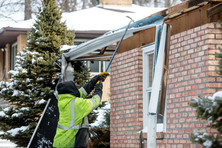
Deconstruction, a process that involves dismantling a building to salvage reusable materials, rather the demolition is gaining popularity in the Twin Cities. Since launching a grant program to help offset the added costs of deconstruction earlier this year, Hennepin County has already awarded grants to 12 projects. Homeowners are motivated by the environmental benefits, with one grantee in a recent story on KSTP reporting that it’s amazing how much material can be salvaged and reused. Funding is still available for deconstruction projects in 2020.
|
Backyard composting webinars
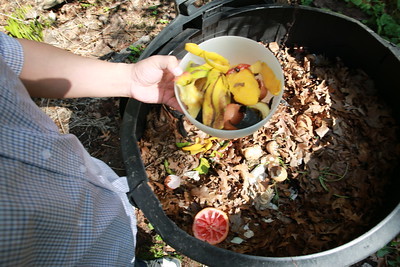
Learn how to make compost in your backyard! Upcoming webinars will cover how to set up and maintain a compost pile.
- Thursday, September 10 from 5 to 6 p.m.
- Tuesday, September 22 from 5:30 to 6:30 p.m.
There is no charge to sign up, but space is limited, and registration is required. Register online.
|
Virtual Children’s Water Festival
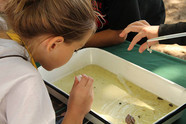
The annual Metro Area Children’s Water Festival provides upper elementary students with hands-on opportunities to learn about water and its importance to people and our natural environment. At past festivals, students have learned about topics such as how scientists measure the quality of water, where the water goes when the toilet gets flushed, how tiny bugs can serve as indicators of water quality, the importance of wetlands, and basic water science.
The 2020 festival will be offered virtually September 28 through October 2 and feature a variety of speakers and activities – providing many opportunities to participate over the week of the festival! Sign up to be notified when the virtual festival goes live.
|
You may not think you waste a lot of food at home, but the little bits here and there add up. In fact, when looking at the entire supply chain, consumers are the biggest contributor to the food waste problem. But that’s also good news. We have the power to significantly reduce the amount of food that goes to waste and save ourselves money by making changes right at home in our kitchens and when we go shopping.
Hennepin County’s Stop Food Waste Challenge has more than 40 actions in five categories to choose from. Here are a few of the ways you can stop food waste:
Planning
Whether it’s keeping a food inventory, creating a meal plan, using a portion planner, prepping meals in advance, or eating up your leftovers, planning is one of the most effective ways to prevent food waste.
|
|
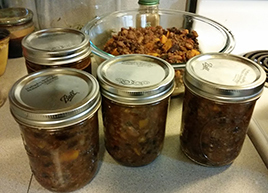 |
Shopping
Although we think of food waste as something that happens at home, preventing it starts where we get our food in the first place. Sticking to your grocery list, buying imperfect produce, skipping the big cart, buying locally, and planting a garden all help prevent food waste when you’re shopping.
|
|
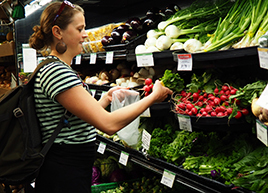 |
Cooking
Most of us don’t want to waste food, but in the dash to make dinner, food waste is often not top of mind. Cooking from root-to-leaf, making veggie scrap stock, swapping ingredients, making use of leftovers, and reviving limp produce are all ways to break the shop-cook-waste cycle and develop lower waste cooking habits.
|
|
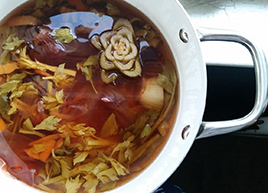 |
Storage
Getting to know where, when, and how long to store things can make a big difference in keeping food fresh and tasty for as long as possible. Being smart about food labels, storing food properly, creating an eat first area, befriending your freezer, and making smoothies are all ways to get the most out of your food.
|
|
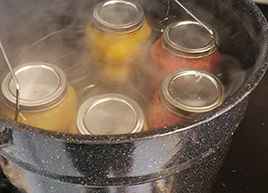 |
Community
Model successful actions and send any food waste you have to better use. Watching a food waste documentary, advocating for local food options, volunteering to rescue food, starting organics recycling, and sharing your story all help to make you part of a community working to reduce wasted food.
|
|
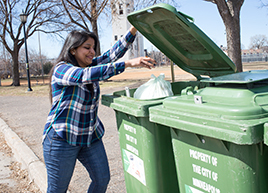 |
|